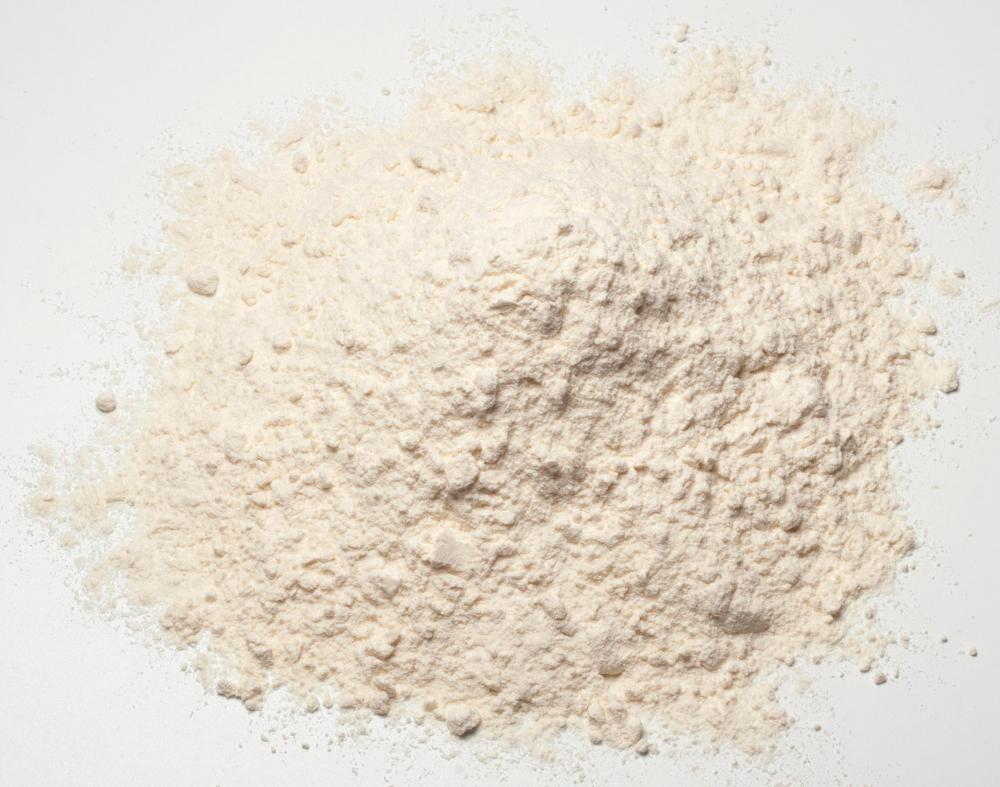At DelightedCooking, we're committed to delivering accurate, trustworthy information. Our expert-authored content is rigorously fact-checked and sourced from credible authorities. Discover how we uphold the highest standards in providing you with reliable knowledge.
How Do I Choose the Best Pastry Flour?
Pastry flours come in different forms, from whole wheat to refined white flour, and it is important to know which one to use for different baking applications. Whole wheat pastry flour is often used for denser breads and cakes, as it contains more gluten protein which creates the denser and harder texture. White flour, as well as white pastry flour, contains less protein, making it suitable for light and fluffy baked goods such as angel food cake or cupcakes. Gluten-free pastry flours are also available, yet because of their lack of gluten-containing protein, it can be more difficult to find the right combinations of flours to use in different baking recipes.
Choosing the best pastry flour for making puff pastries, cakes and cookies depends mainly on the amount of protein present in the flour. This protein found in wheat and pastry flour is called gluten, which behaves as a binder and provides thickness and texture to the final baked product. When making puff pastry, or other light pastries such as donuts or cupcakes, it is important to choose a pastry flour that is low in overall protein. This ensures that the final baked product is light and fluffy, since the hard texture of the gluten is present in far less amounts.

When making crackers, crispy cookies or other baked goods that are harder in texture, it is best to choose a flour that contains a higher amount of protein. The more protein the flour has, the more gluten it also contains, giving the final baked product a heavier and denser feel. Most whole wheat and whole grain products have more protein, as these products have not had any part of the grain removed during processing. White wheat flour, on the other hand, is the best choice for lighter pastries, as this type of flour has been refined, with more protein and gluten removed from the grain.

Gluten-free pastry flour can be harder to find, as it lacks the protein needed for the elasticity present in wheat-based flours. More often than not, a cook will blend different gluten-free flours together, while adding a gluten substitute to the mixture. For lighter pastries, gluten-free chefs may blend cornstarch together with potato flour and baking powder, as well as xanthan gum to act as the gluten. For denser breads and baked goods, gluten-free pastry flour options may include almond flour, as this gluten-free flour is very high in both protein and fat.
AS FEATURED ON:
AS FEATURED ON:
















Discuss this Article
Post your comments